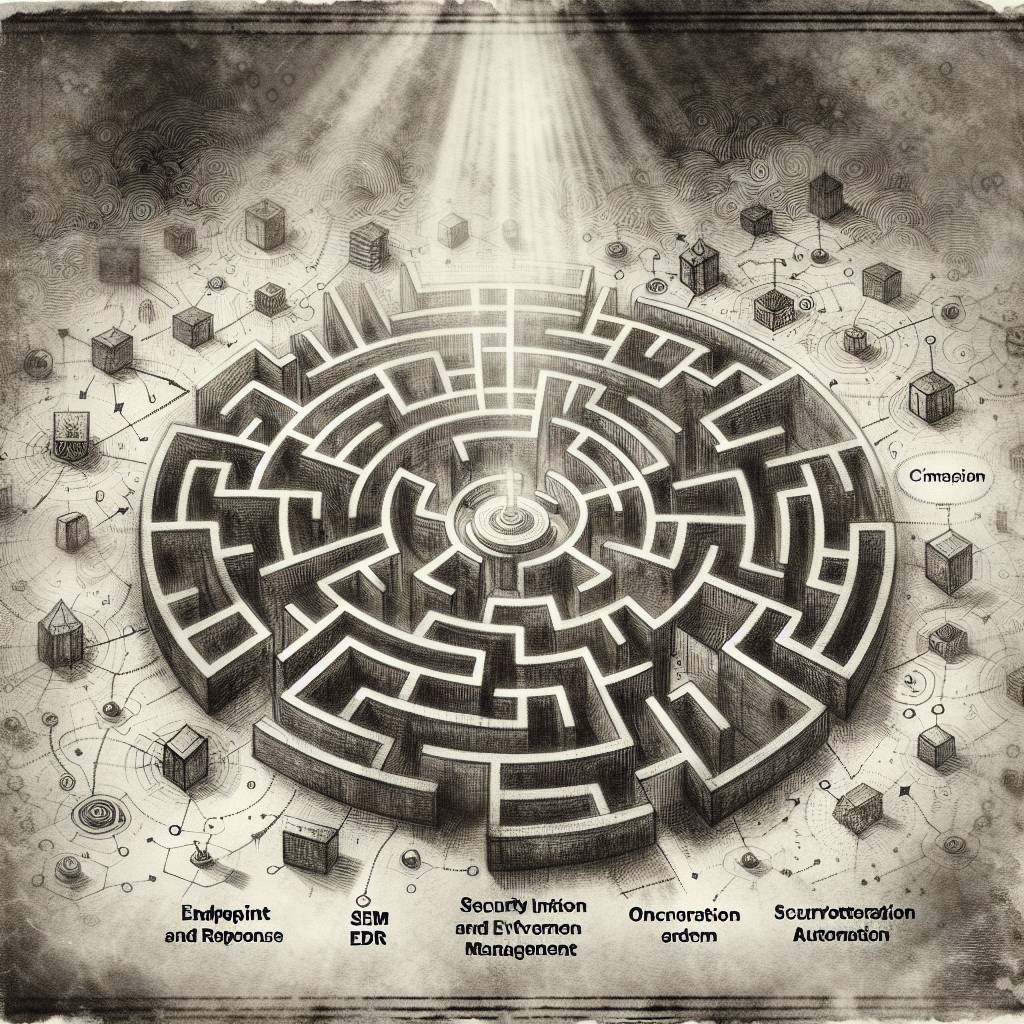Endpoint Security Roulette: Navigating the Complex Maze of EDR, SIEM, and SOAR Tools
Endpoints are like the sitcom stars of your network—always getting into trouble! To keep them in line, security teams need a strategy starring EDR, SIEM, and SOAR. For expert advice on this cybersecurity comedy, check out Dark Reading’s latest report: How to Determine the Right Endpoint Strategy for Your Enterprise.

Hot Take:
Endpoint security is like trying to keep a greased pig in a pen. You’ve got attackers slipping through vulnerabilities like a pig through a fence, and it’s up to the security team to wrangle them back in with an alphabet soup of tools. But don’t worry; with SIEM, SOAR, and a little bit of luck, you might just keep that pig penned in. Or at least make sure it doesn’t trample your garden of sensitive data!
Key Points:
- Endpoint security is critical for maintaining a secure environment, as attackers frequently target these points.
- Security teams face challenges due to the complexity of monitoring and the diversity of devices.
- A variety of tools like EDR, XDR, SIEM, and SOAR are available, but choosing the right combination is no simple task.
- Despite hype, SOAR isn’t as widely adopted or uniformly implemented as one might think.
- Comprehensive visibility and expert guidance are essential for an effective endpoint security strategy.
Already a member? Log in here
